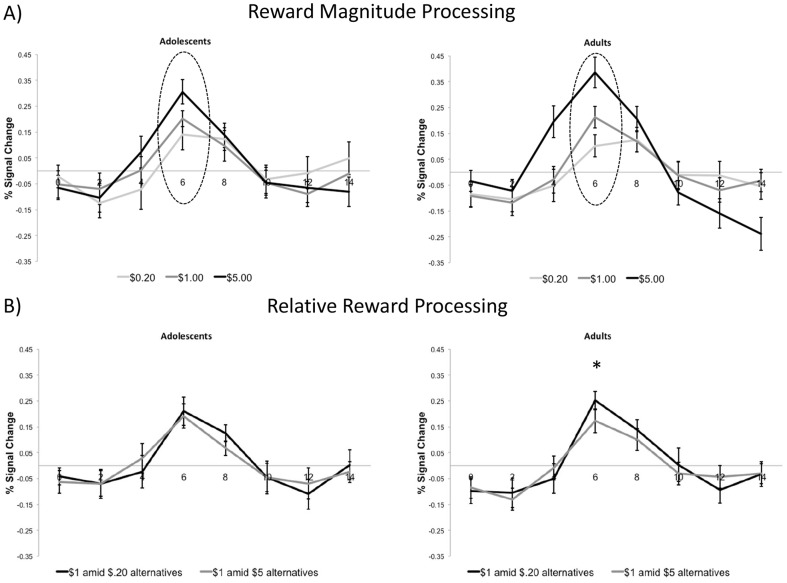Figure 3. Group differences in reward processing in the left VS.
A) Effect of absolute reward magnitude processing. There was a trend for adults compared to adolescents to demonstrate a more linear increase in anticipatory reward activation as a function of absolute reward magnitude at the point of peak activation (6 seconds post-stimulus onset; p = .07). B) Relative reward activity in VS to $1 reward. Based on paired t-tests for each age group, results showed that adults showed greater activity at 6 seconds post-stimulus onset in the $1 amid $.20 alternatives condition (p = .01). The same effect was not significant for adolescents (p = .65).

